About the Board of Directors
The VSS Board of Directors consists of 9 individuals drawn from our scientific faculty members (regular members), who are ultimately responsible for crafting the scientific programming of the Annual Meeting, implementing and monitoring VSS policies, overseeing our budget, and associated events (workshops, public outreach, trainee-centered educational and career development events) that serve the needs of the VSS membership. They must do so in a fiscally, scientifically, and ethically responsible manner. Among other duties, Board members also serve on sub-committees that oversee selection and awarding of travel grants, satellite events, community outreach, workshops, graphic competitions, and Awards given at the Conference.
Board members are elected in pairs, with scientific expertise and vision science community involvement among the many criteria weighted for selection in any given year. Individual terms last 4-5 years.
Importantly, one of the two fourth-year members on the Board is asked to serve as President of VSS for one year, with the other fourth-year member serving as Vice President. The President also serves a fifth year as Past President for continuity, so that the Board always has 9 members.
Board members may not give talks at the meeting or participate in symposia during their service (although members of their lab may do so). In addition, Board members cannot submit nominations or letters of support for VSS Awards.
The Board meets monthly on zoom and twice per year in person – once during the Annual Meeting and once in January. Board members’ travel costs and accommodations for the January Board meeting, and accommodations and registration for the annual meeting are paid by VSS although Board members may decline this reimbursement if they prefer.
Also see Board of Directors Election.
2026 Board of Directors
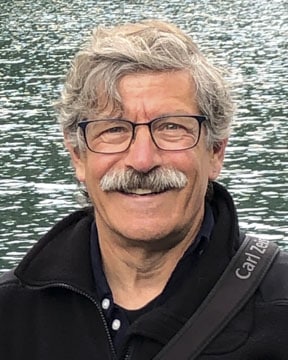
Michael Landy, President
New York University – Website – Term ends May 2027
Michael Landy is a Professor of Psychology and Neural Science at New York University. He obtained the Ph.D. degree in Computer and Communication Sciences from the University of Michigan in 1981, working with John Holland. He then worked for George Sperling at NYU for three years as both programmer and postdoc, before becoming faculty in 1984.
At NYU, Michael has served as Coordinator of the Ph.D. Program in Cognition & Perception off and on for over 20 years. He has been a senior editor for Vision Research and on the editorial boards of Visual Neuroscience, Multisensory Research and, currently, Journal of Vision.
He is an author of some 120+ papers and chapters, and co-editor of 3 edited collections. He has worked in a wide variety of research areas including sensory cue integration (including multisensory work involving vision, touch, proprioception and audition), perception of depth, surface material properties and texture, perceptual decision-making and visual control of movement (reaching and saccades). Much of this work involves empirical behavioral work coupled with computational models, including both ideal-observer, Bayesian models as well as sub-optimal heuristic models of human performance. Recent theoretical contributions include new models of reaction time in discrimination experiments and of cortical adaptation.
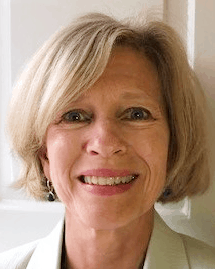
Anya Hurlbert, Vice President
Newcastle University – Website – Term ends May 2026
Anya Hurlbert is Professor of Visual Neuroscience and Dean of Advancement at Newcastle University in England. She studied Physics as an undergraduate at Princeton University and Physiology for an MA at Cambridge University as a Marshall Scholar.
There she was inspired by the traditional and Marrian approaches to vision and subsequently took up computational vision for her PhD research with Tommy Poggio in Brain and Cognitive Sciences at MIT. She earned an MD from Harvard Medical School, before doing postdoctoral research as a Wellcome Trust Vision Research Fellow at Oxford University. In 1991, she moved to Newcastle University, where she co-founded the Institute of Neuroscience in 2003, serving as its co-Director until 2014.
Hurlbert’s research focuses on colour perception and its role in visual cognition, with an emphasis on understanding colour constancy through computational models and psychophysics, and the links between colour, illumination and affect. Her research interests in applied areas include digital image processing and lighting, machine learning for biomedical image analysis, and the interplay between vision science and art. She actively promotes public engagement with science, through multiple programmes and exhibitions, and devised an interactive installation at the National Gallery, London, for its 2014 summer exhibition Making Colour.
Hurlbert has substantial experience of conference organising, including stand-alone colour vision conferences, and symposia within ECVP, the British Association Annual Festival of Science, and other conferences. She has regularly attended VSS since its inception, acted as abstract reviewer since 2010, and served twice on the Young Scientist Award Committee. She is former Chair of the Colour Group (GB), member of the Visiting Committee for Brain and Cognitive Sciences at MIT and Scientist Trustee of the National Gallery (London), and currently an editorial board member of Current Biology and Journal of Vision and member of the Scientific Consultative Group of the National Gallery and the Optoelectronics Committee of the Rank Prize Funds.

Richard Krauzlis, President Elect
Adjunct Professor, Salk Institute for Biological Studies – Website – Term ends May 2027
Rich Krauzlis is a Senior Investigator in the Laboratory of Sensorimotor Research and Chief of the section on Eye Movements and Visual Selection in the National Eye Institute at NIH.
Rich is originally from New Jersey (exit 13) and earned his undergraduate degree in Biology from Princeton University and doctorate in Neuroscience from UC San Francisco working with Steve Lisberger.
Rich also holds a Joint Appointment in the National Institute on Drug Abuse, and an Adjunct Professor position at the Salk Institute in La Jolla, California. Rich’s science has focused on eye movements and visual attention, and includes electrophysiological studies of the superior colliculus, cerebellum, basal ganglia and cerebral cortex, psychophysical studies of visual motion perception and visual attention, and computational modeling. His recent work in monkeys and mice has examined the interactions between cortical and subcortical brain regions during visual selective attention and perceptual decision-making.
After postdoctoral training with Fred Miles and Bob Wurtz at the National Eye Institute, he joined the faculty of the Salk Institute in 1997 and returned to the National Eye Institute in 2011.
Rich currently serves on the Editorial Boards for Journal of Vision and Annual Review of Vision Science, is a co-chair for the Gordon Research Conference on Eye Movements, and a member of the VSS Abstract Review Committee; he was also a Senior Editor for Vision Research. He has served on numerous grant review panels, was a member of the Admissions Committee and Executive Committee in the UCSD Neurosciences Department, served as a chair of the International Workshop on Visual Attention, and has authored several review articles on eye movements and visual attention, including the chapter ‘Eye Movements’ in the graduate textbook Fundamental Neuroscience. His work has been recognized through several awards, including McKnight Scholar and Technological Innovation awards.
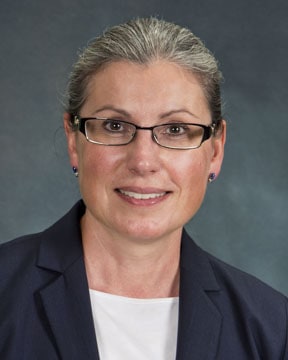
Krystel Huxlin, Past President
University of Rochester – Website – Term ends May 2026
Krystel Huxlin is the James V. Aquavella Professor of Ophthalmology in the Flaum Eye Institute at the University of Rochester, NY, USA. She serves as the Associate Director of the Center for Visual Science and co-Director of its Training program, as well as an Ombudsperson for Graduate Students, Postdoctoral Appointees, and Preparatory Program Trainees in the School of Medicine & Dentistry.
Krystel earned her bachelor’s of medical science (1991) and PhD in neuroscience (1994) at the University of Sydney, Australia. As a postdoc, she studied the perceptual consequences of cortical damage in cats, primates and humans first with William Merigan, then Tatiana Pasternak, before joining the Ophthalmology faculty at the University of Rochester in 1999. Her work since then has sought to understand how perception can be restored after damage to the adult visual system. She has authored over 100 peer-reviewed publications and book chapters, and holds 12 patents, many of them related to the development of LIRIC, a novel, non-surgical paradigm for laser refractive correction.
Most of her longitudinal research is focused on understanding neuroplasticity in the cortically-damaged, adult visual system, with an eye towards vision restoration. This collaborative body of work involves applying a range of approaches, including psychophysics, structural and functional imaging, electrophysiology, electrical brain stimulation and anatomical studies in both humans and animal models. Krystel was the founder and inaugural President of the Rochester Chapter of the Society for Neuroscience. She is an elected Fellow of Optica and a Silver Fellow of ARVO. Finally, in additional to her service as a reviewer for granting bodies world-wide, she serves on the Board of Reviewing Editors at eLife and the Journal of Vision.
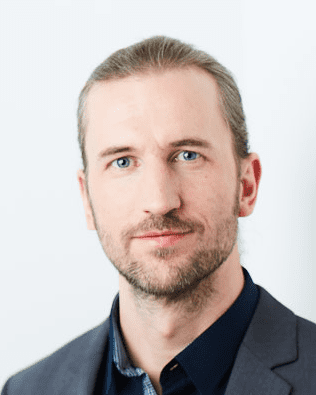
Martin Rolfs, Treasurer
Humboldt-Universität zu Berlin – Website – Term ends May 2027
Martin Rolfs heads the Active Perception and Cognition lab at the Department of Psychology at Humboldt-Universität zu Berlin. Martin’s lab assesses the architecture and plasticity of processes in active vision and cognition, using a broad range of methods including eye tracking, motion tracking, psychophysics, computational modeling, EEG, studies of clinical populations and, most recently, robotics.
The research program builds on the premise that any deep understanding of perception and cognition requires studying their key processes in observers that actively behave, exploring and manipulating their environment.
After a Diploma in psychology, Martin completed his doctorate at the University of Potsdam in 2007 with highest distinction (summa cum laude). For his dissertation on the generation of microscopic eye movements, Martin received the Heinz Heckhausen Award of the German Psychological Society. He spent formative postdoc years at Université Paris Descartes, New York University and Aix-Marseille Université, investigating links between eye movements, attention, and perception.
In 2012, he established an Emmy Noether junior research group, working on attention in active vision at the Bernstein Center for Computational Neuroscience Berlin. In 2018, he was appointed Heisenberg professorship for Experimental Psychology at Humboldt-Universität zu Berlin, where he is now a full professor. He has since also served as an Editorial Board Member for the Journal of Vision. Martin is a founding member of Berlin’s Cluster of Excellence Science of Intelligence, a transdisciplinary research center investigating the principles underlying all forms of intelligence. His research is funded by the German Research foundation (DFG) and a European Research Council (ERC) Consolidator grant, studying how visual action shapes active vision.
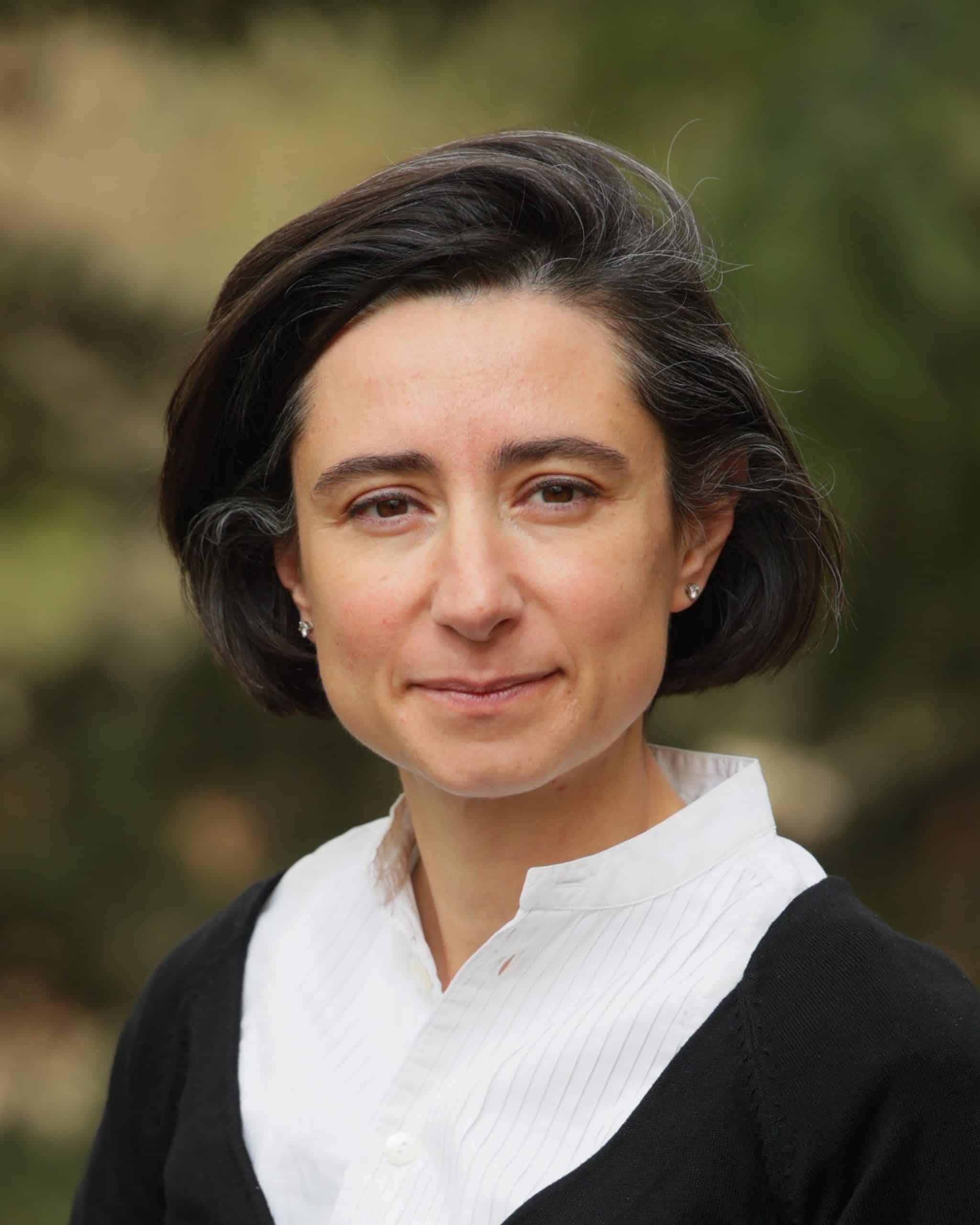
Paola Binda, Director
University of Pisa – Website – Term ends May 2028
Following Paola Binda’s graduation from San Raffaele University of Milano, Italy in 2010 (advisor: M. Concetta Morrone), Paola joined the VisCog laboratory at the University of Washington in Seattle as postdoctoral fellow to work with Geoff Boynton, Scott Murray, and Ione Fine.
Paola was awarded a Marie Skłodowska-Curie fellowship and returned to Italy in 2013, where she joined the University of Pisa as assistant professor of physiology (she became associate professor in 2019). Paola’s lab is primarily funded by a ERC (European Research Council) Starting grant. They study how visual processing is shaped by multimodal context, which includes upcoming actions and predictions based on stimulus history. Their studies involve human volunteers, with a focus on neurodiversity. They use a combination of ultra-high field functional Magnetic Resonance imaging, psychophysics, eye-tracking and pupillometry.
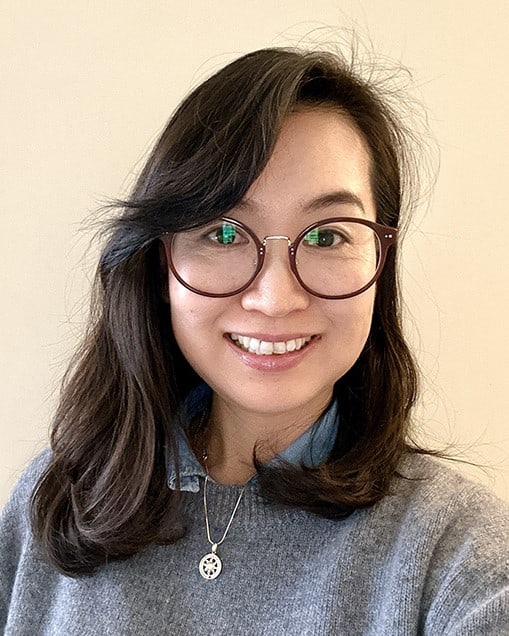
MiYoung Kwon, Director
Northeastern University – Website – Term ends May 2028
MiYoung Kwon currently serves as an Assistant Professor of the Department of Psychology at Northeastern University (Kwon Lab). She earned her Ph.D. in Cognitive/Biological Psychology with a minor in Statistics from the University of Minnesota in 2010.
After completing her Ph.D, MiYoung joined the Computational and Functional Vision Lab at the University of Southern California as a postdoctoral research associate. Following her time at USC, MiYoung completed another two-year postdoctoral fellowship at the Schepens Eye Research Institute, Harvard Medical School. Between 2014 and 2020, MiYoung served on the faculty of the Department of Ophthalmology and Visual Sciences at the University of Alabama at Birmingham.
Through a multidisciplinary approach that combines psychophysics, computational modeling, eye tracking, brain and retinal imaging techniques, MiYoung’s research is dedicated to unraveling how the human visual system deals with sensory impairments. To this end, her work primarily focuses on understanding statistical properties of the visual world under degraded viewing conditions, the cortical representation of degraded visual information, and the subsequent modifications in perceptual and cognitive processing. Her past and ongoing research projects cover a broad spectrum of topics, including brain adaptability following central vision loss, information processing in peripheral vision, perceptual and cortical changes induced by prolonged contrast deprivation, and binocular interactions in amblyopic vision. Recent efforts have also delved into understanding the impact of ganglion cell pathology on spatial vision and exploring the effects of degraded visual inputs on oculomotor strategies. Therefore, her interdisciplinary research program integrates state-of-the-art research techniques and theoretical frameworks to bridge the gap between fundamental vision science and clinical applications. Her research has been funded by the NIH/National Eye Institute, the Eye-Sight Foundation of Alabama, and Research to Prevent Blindness.
MiYoung frequently serves on the NIH Scientific Review Panel. Furthermore, she has been an active member of VSS, serving on the Abstract Review Committee, Travel Awards Review Committee, and the Meet-the-Professors panel.
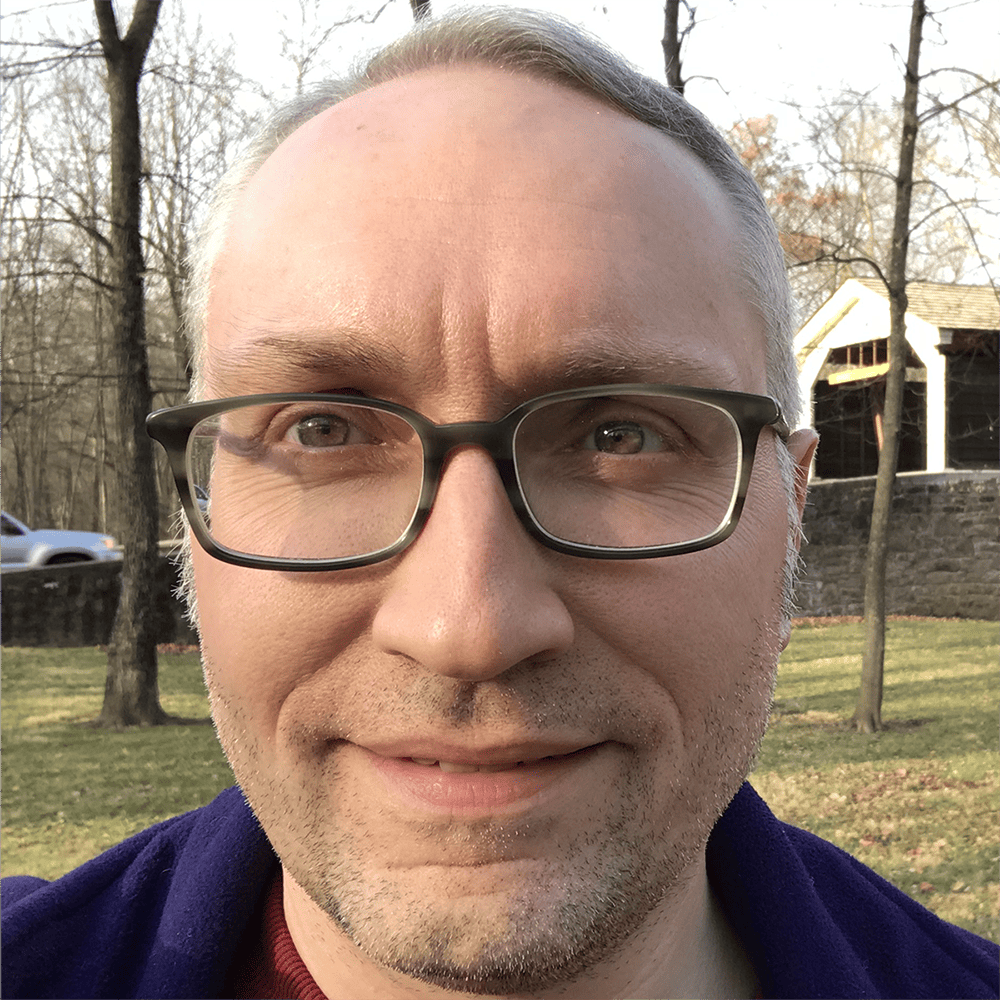
Chris Baker, Director
National Institutes of Health – Website – Term ends May 2029
Chris Baker is a Senior Investigator in the Laboratory of Brain and Cognition and Chief of the Section on Learning and Plasticity in the National Institute of Mental Health at NIH.
Chris’s research interests focus broadly on high-level vision (faces, objects, scenes) and the role of learning and plasticity in shaping visual processing. His approach is fundamentally multidisciplinary and often cross-species, using a combination of functional magnetic resonance imaging (fMRI), magnetoencephalography (MEG), transcranial electrical/magnetic stimulation (tES/TMS), behavioral measures (psychophysics, eyetracking), and computational methods.
Chris earned his undergraduate degree in Neuroscience at the University of Cambridge and his PhD in Psychology from the University of St Andrews where he studied the neurophysiology of face and body perception with David Perrett. In postdoctoral work, he first worked with Carl Olson and Marlene Behrmann at Carnegie Mellon University, conducting studies in both human and non-human primates, before acquiring expertise in human neuroimaging with Nancy Kanwisher at MIT. In 2006, Chris joined the Laboratory of Brain and Cognition at the National Institute of Mental Health where he is now a Senior Investigator.
Chris has served as Reviewing Editor at The Journal of Neuroscience and Senior Editor at eLife, as well as editing Special Issues for Neuroimage and the Journal of Cognitive Neuroscience. He has been a regular attendee at VSS since 2002 and has organized three symposia (“How learning changes the brain”, “What has the past 20 years of neuroimaging taught us about human vision and where do we go from here?”, and “The temporal evolution of visual perception”). He received the NIH Director’s Award for Individual Contribution in 2021 and multiple awards for mentorship and for “Making a Difference”.
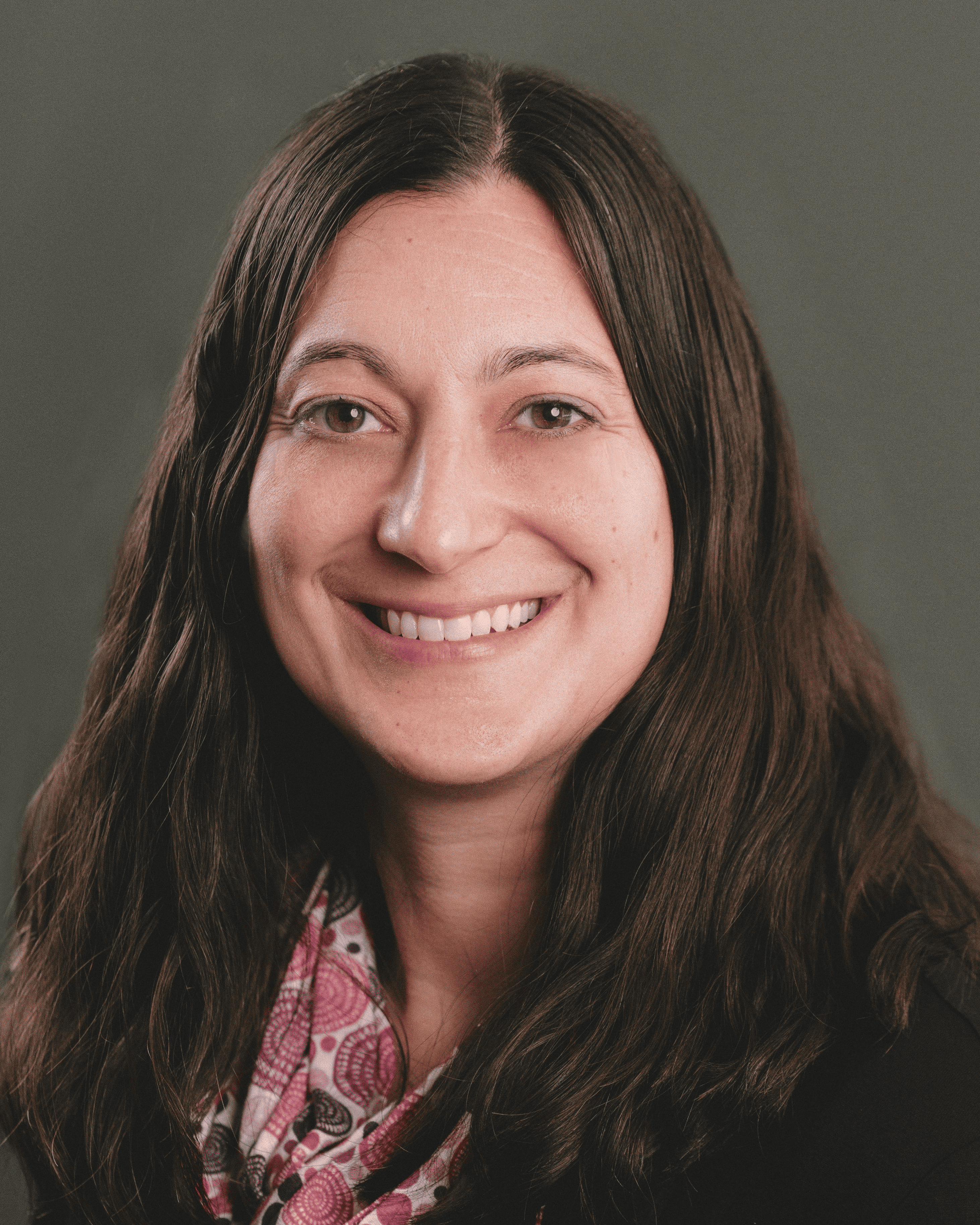
Julie Golomb, Director
The Ohio State University – Website – Term ends May 2029
Julie Golomb is a Professor of Psychology at the Ohio State University, where she directs the OSU Vision and Cognitive Neuroscience Lab and is head of the Cognitive Neuroscience Area and PhD program.
Julie received her BS in Neuroscience from Brandeis University, her PhD in Neuroscience from Yale University with Marvin Chun and James Mazer, and did a postdoctoral research fellowship at MIT with Nancy Kanwisher before moving to Ohio State in 2012.
Julie’s research investigates how we achieve stable and integrated visual perception, and how perception, attention, and working memory interact. Her lab uses a variety of methodologies – including human behavior, eye-tracking, advanced fMRI and EEG methods, and computational modeling – to explore how objects and their spatial locations are perceived and coded in the brain, and how these representations are influenced by eye movements, shifts of attention, and other top-down factors. Her lab has been funded by grants and fellowships from NIH, NSF, Sloan Foundation, and NSERC.
Julie was the VSS awardee of the Federation of Associations in Behavioral and Brain Sciences (FABBS) Early Career Impact Award in 2019 and has been recognized with other awards including APA Distinguished Scientific Award for Early Career Contribution to Psychology, Sloan Research Fellow in Neuroscience, and APF Fantz Award. She is an Associate Editor at Psychonomic Bulletin & Review, and she has served on NIH and NSF study sections and various leadership committees representing Ohio State psychology, neuroscience, and cognitive science communities.
Julie is a dedicated member of the VSS community. She has attended every VSS for the past 20 years and has served on VSS Abstract Review and Young Investigator Award committees. She is passionate about mentoring and supporting the next generation of vision scientists.
